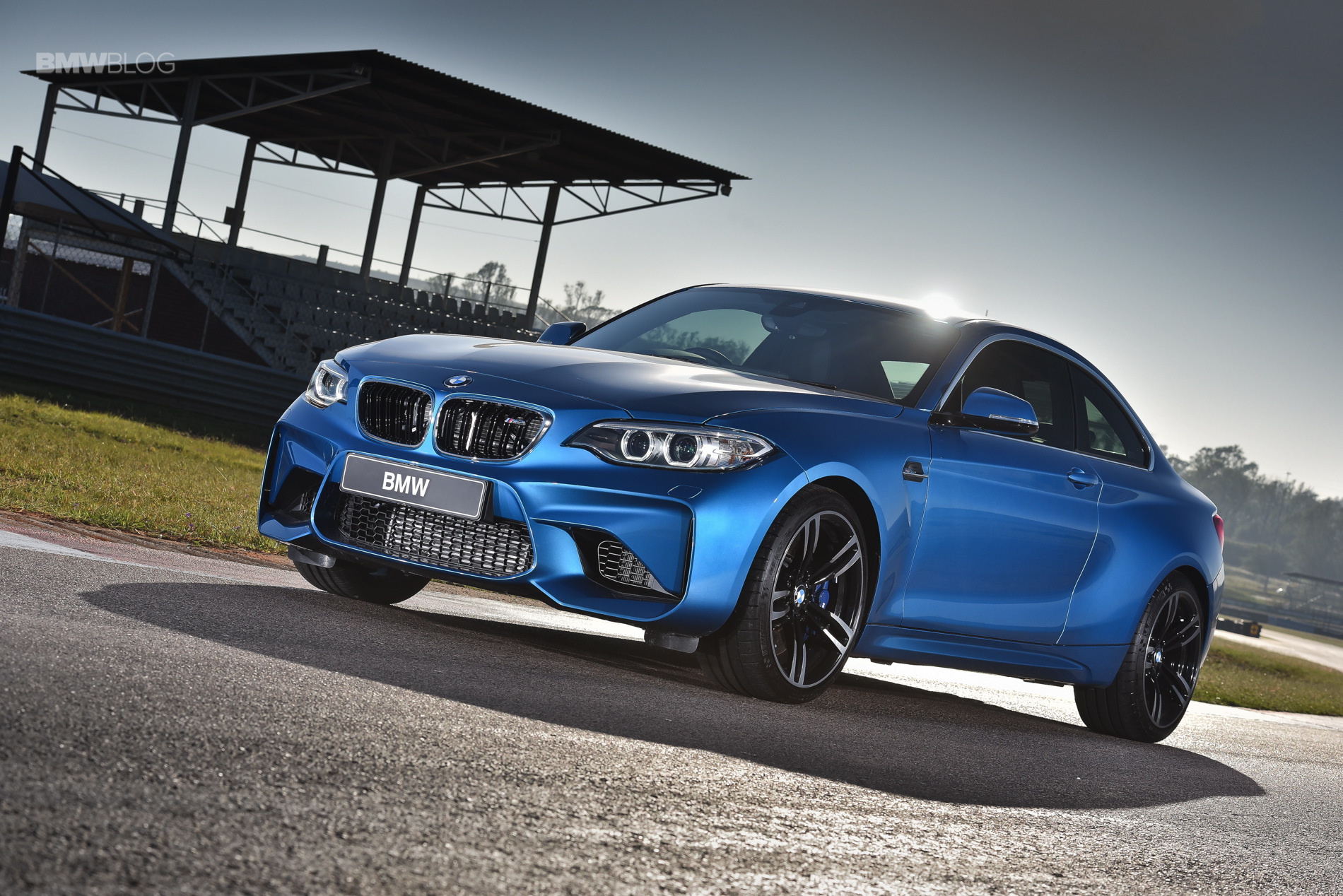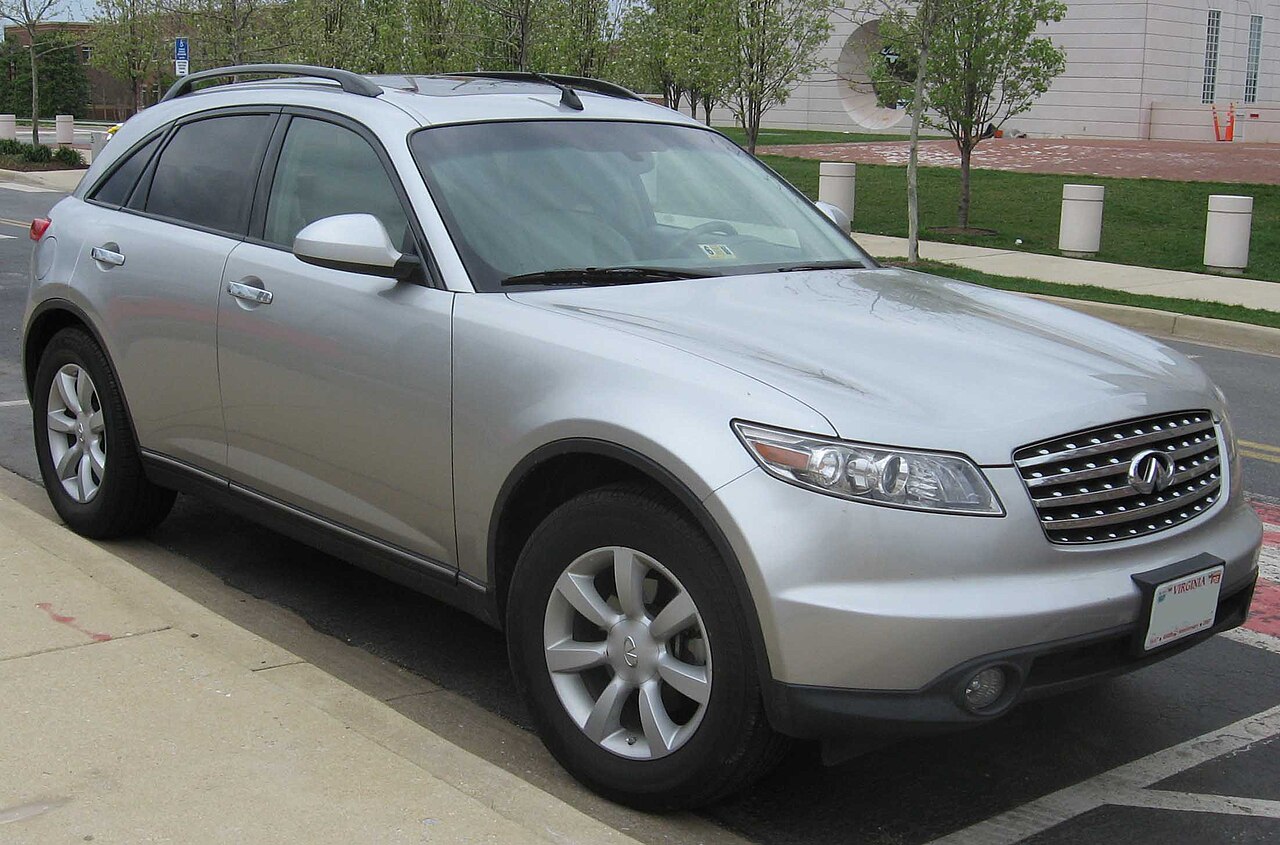
The M2 goes back to the days when BMW cared more about driving dynamics than electronic gizmos. The only thing lacking here is the naturally aspirated engine, instead you’ll be greeted by a smooth 3-liter turbocharged six-cylinder pumping out 365hp. Acceleration is wicked fast and it never feels like it’s going to get out of hand thanks to the electronic stability control and the high amount of torque at low revs. This helps the M2 feel very pleasant to drive around town and when you want to put your foot down there’s plenty of oomph to satisfy all.
The steering feedback is the way it should be, communicative which gives plenty of confidence when driving through narrow switchbacks and tight bends. The chassis is what sparks the most confidence because it sticks to each corner as if it is riding on rails. We love the way the M2 feels, it strikes a nice balance between comfort and sporty handling. The ride comfort isn’t overly firm unless you select sport mode, but even in sport mode the ride isn’t overly firm. Road and wind noise is nothing to complain of.
The interior layout feels logical with everything within reach of the driver’s hand. BMW is known for their minimalistic looking dashboard design with an easy to use iDrive interface. We do wish that BMW did spice the interior up a bit more compared to some of its keen rivals. We do love the supportive front seats while those in the rear shouldn’t have too much to complain about, it isn’t the most spacious but it isn’t all that bad either. People who will buy this car won’t really have anyone in the back anyway so there’s no real point in mentioning this. Boot space is decent too considering the small size of the M2.
Our tester car came equipped with power-folding mirrors, Xenon-headlamps, Executive Package which adds rear view parking camera, heated steering wheel, auto high beams and wireless charging for your mobile device with WiFi hotspot. The auto gearbox is optional while the six-speed manual is standard. We weren’t able to find one with the manual gearbox and had the more costly automatic.
We are going to go out on a limb here. The M2 is literally the best M car we’ve driven from BMW. It takes us back to the days of lightweight fun to drive BMWs that could tackle the track with sheer confidence and doesn’t feel like a heavy robot car. You don’t want to go to your grave without ever have driven one.
Likes: Comfortable and easy to live with and is track ready. The turbo engine is smooth and quick. Hands down the best M-series you can buy.
Dislikes: Typical of BMW to be stingy on standard kit and expensive with options.



























